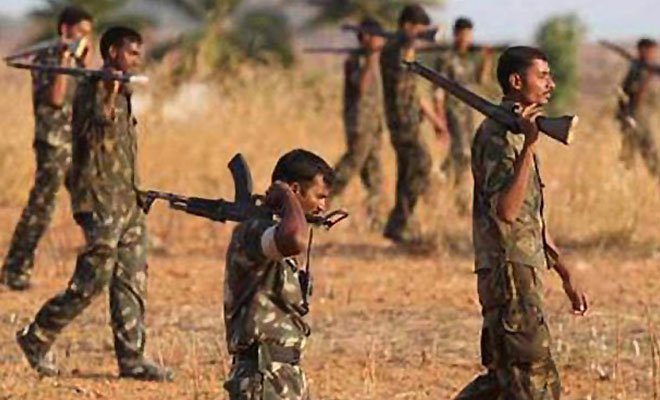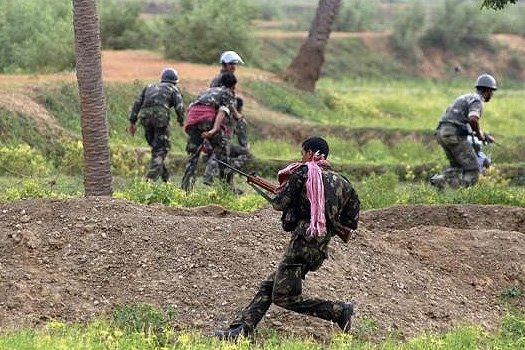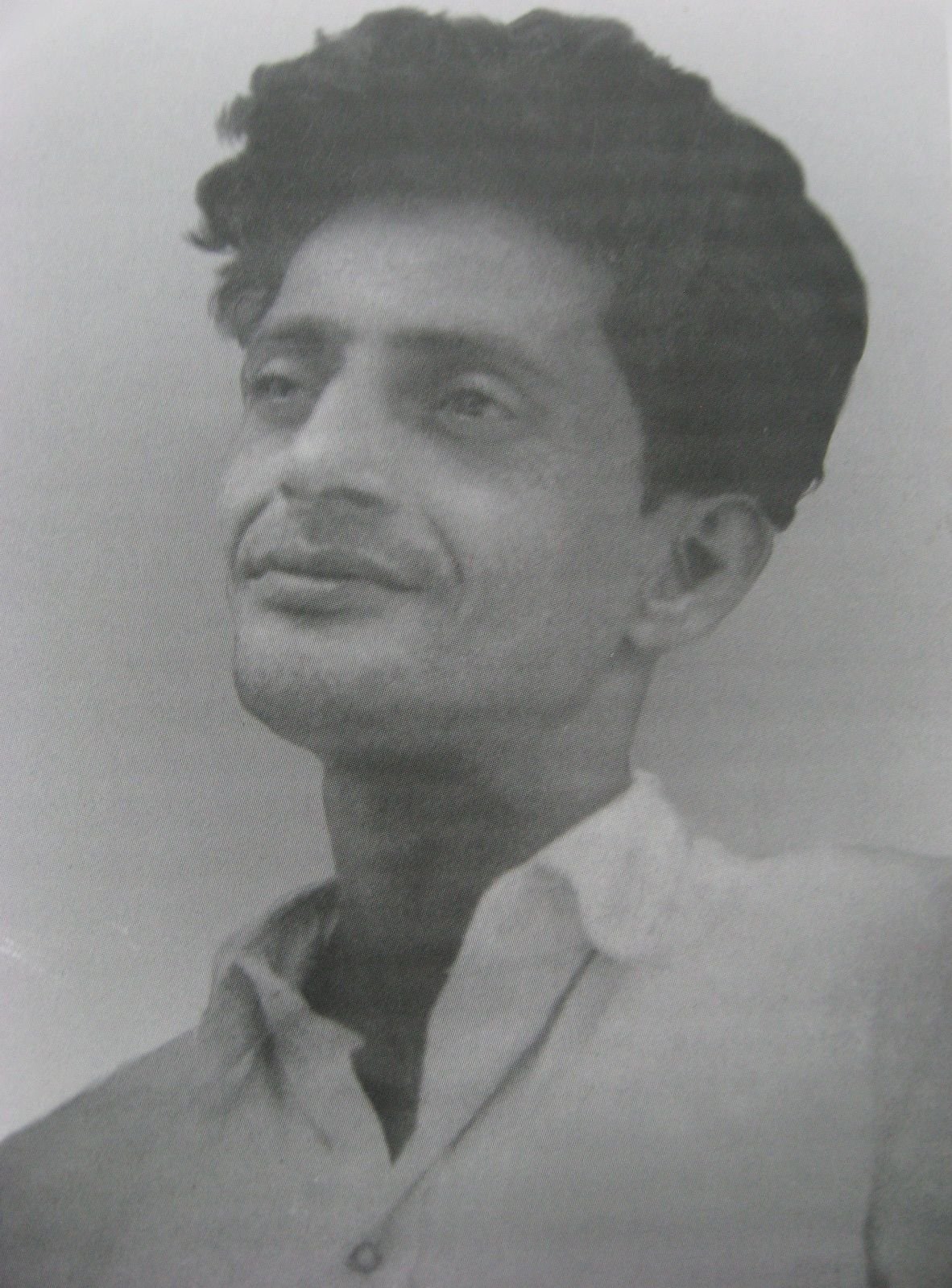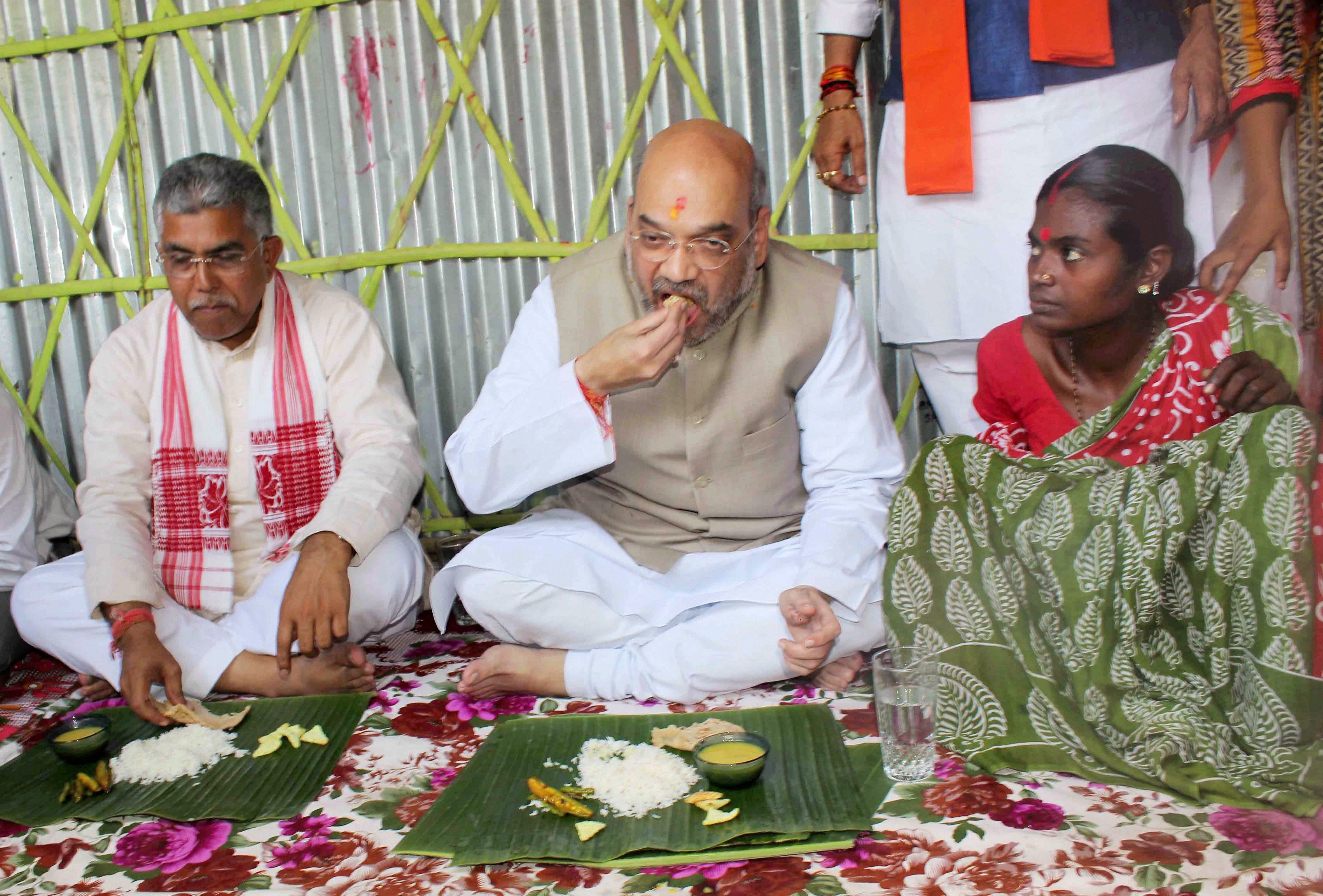Suffering from decades-old feudalism and widespread exploitation, 50 years ago, a group of peasants in a West Bengal village took it upon themselves to break shackles. The result was India’s first revolutionary struggle for equality and ownership of land taken up by common people.
Here is how Naxalbari village became the root of struggle for equality among the deprived which continues to haunt India till now in various forms and ideologies.

How did it start?
On May 24, 1967, peasants and workers of Naxalbari village in North Bengal’s Darjeeling district revolted against the years of oppression by landlords. They protest was against an oppressive jotedari system which was a feudal land-holding and taxation policy.
An armed struggle against exploitation was planned to uphold the rights of peasants. The idea was to forcibly take away land from the landowners and give it back to the peasants. When police came to stall the protests, a official was killed by an arrow shot by a farmer.
A day later, in response to the killing, police launched a crackdown in which eleven persons, including two children, were killed. The killings thus triggered an armed rebellion across the village and its nearby areas.

Who were behind the protests?
The protests were organised by prominent Communist Party of India (Marxist) leaders such as Charu Majumdar, Kanu Sanyal, Khokhon Majumdar and Jangal Santhal.
What happened next?
The armed revolution attracted thousands not only in India but in several parts of Nepal and China. Many people supported the cause which was the peasant’s fight against injustice and exploitation. It also inspired leftists to take up arms against oppression and gave birth to left-wing extremism in India. The movement led to the coining of the term ‘Naxalism’ and those who were involved in it were called as Naxals/Naxalites.

The movement also divided the Communist Party. The Maoists teamed up to launch an armed struggle to overthrow landowners and the State.
Did the movement survive?
Despite getting an overwhelming support initially, the movement lost its sheen after the death of Charu Majumdar in 1972. But Naxalism spread into the neighbouring states like Bihar, Odisha, Andhra Pradesh and Chattisgarh in the 1980s and the 1990s, reports The Hindu. Many subsequent armed rebellion movements were organised in these states by peasants.

What are the criticisms?
The movement which was started to fight against oppression and exploitation has always been equally criticised for promoting left-sponsored violence. Over the years, naxals have killed both civilians as well as security forces and have cause immense destruction to public property. In 2010, then Prime Minister Dr Manmohan Singh called Naxalism as the biggest threat to this country. An RTI query in 2014 revealed that more than 20,000 people have been killed due to naxal violence in the last 20 years, reports The Indian Express.
How is it relevant today?
Even after 50 years, the Naxalbari movement is still remembered as the first armed struggle against injustice and oppression by landowners. The spirit of Naxalbari, lives on.
(With inputs from PTI)
(Feature image is representational | Source: Reuters)
To find out more about the Naxalbari Uprising, read our companion piece:
‘This Generation Will Never Understand Naxalbari,’ A Veteran Naxal Talks About The Movement

















